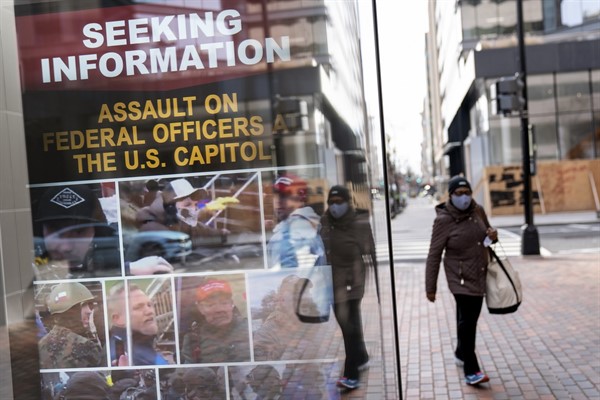As the coronavirus pandemic continued into its second year, its impact on terrorist attacks worldwide was palpable—and positive. In a report on terrorism from July, the United Nations stated that “in non-conflict zones … the threat remains suppressed by limitations on the ability of operatives to travel, meet, fundraise and identify viable targets.”
Nevertheless, though terrorism, like almost every other human activity, has been constrained by the pandemic, it hasn’t stopped evolving in the past year, shaped by several key developments. As more widespread distribution of vaccines allows parts of the world to begin opening up, there is growing concern that counterterrorism practitioners and security services are unprepared to deal with what could be a major spike in terrorist plots and attacks in the coming year.
Taking stock of how, where and why terrorism has changed in the past year is a necessary first step to countering it should it return with a vengeance when post-pandemic life returns to normal.

